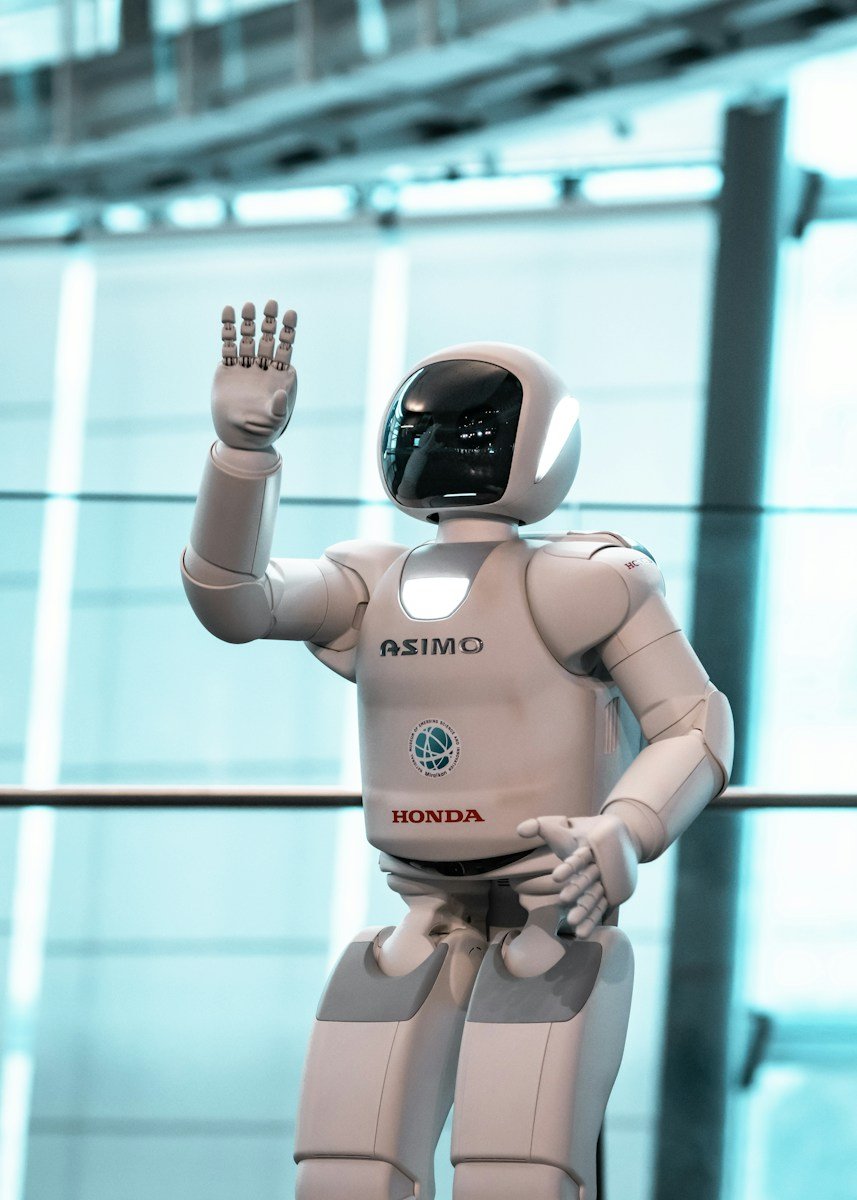
Building a March Madness bracket with the assistance of AI and robots can be an exciting and innovative approach to predicting the outcomes of NCAA basketball games. Here’s a step-by-step guide on how to do it:
- Data Collection: Gather historical data on NCAA basketball teams, including their performance statistics, player attributes, past tournament results, and any other relevant information. You can obtain this data from various sources, including sports databases, official NCAA websites, and specialized analytics platforms.
- Feature Engineering: Process and analyze the collected data to extract meaningful features that can be used to predict game outcomes. This may include factors such as team rankings, player statistics, historical matchups, venue locations, and tournament seeding.
- Model Selection: Choose an appropriate machine learning model or algorithm to predict the winners of each game in the tournament bracket. Commonly used models for sports prediction include logistic regression, decision trees, random forests, and neural networks.
- Training the Model: Train the selected model using historical data on NCAA basketball games. Use techniques such as cross-validation and hyperparameter tuning to optimize the model’s performance and accuracy.
- Testing and Evaluation: Evaluate the trained model using a separate dataset or through cross-validation to assess its predictive accuracy and reliability. Adjust the model as needed to improve its performance.
- Bracket Generation: Once the model is trained and evaluated, use it to generate predictions for each game in the March Madness tournament bracket. The model will output the probabilities or predicted winners for each matchup based on the input features.
- Robot Assistance: If desired, you can involve robots or automation tools to assist with the bracket generation process. For example, you could develop a robot that automatically fills out a bracket based on the predictions generated by the AI model. This can be done using robotic process automation (RPA) tools or custom-built software solutions.
- Validation and Fine-Tuning: Validate the generated bracket predictions against real tournament outcomes and adjust the model as needed based on the observed performance. Continuously refine the model and update the predictions as new data becomes available throughout the tournament.
- Human Input and Expertise: While AI and robots can provide valuable insights and predictions, it’s essential to incorporate human input and expertise into the bracket-building process. Consider factors such as team dynamics, coaching strategies, player injuries, and other qualitative factors that may impact game outcomes.
- Enjoy the Madness: Once your bracket is complete, sit back, relax, and enjoy watching the March Madness tournament unfold. Whether your predictions prove to be accurate or not, the excitement of the tournament is always worth experiencing.
By following these steps and leveraging the power of AI and robots, you can build a March Madness bracket that combines data-driven insights with the thrill of NCAA basketball competition.
